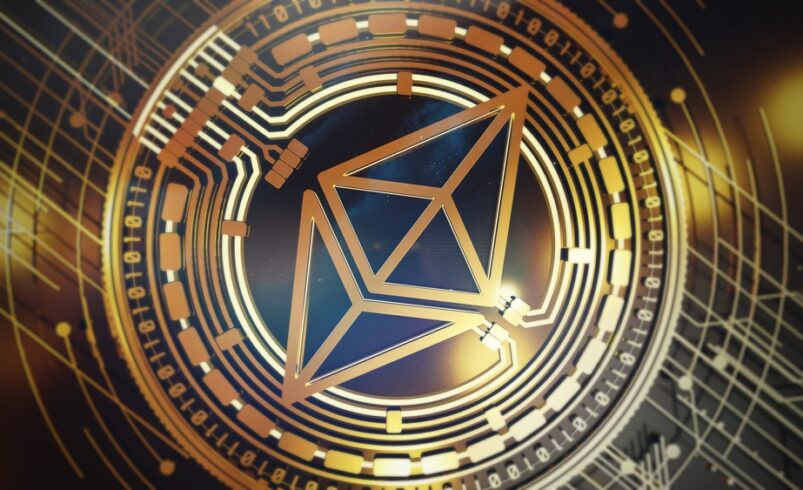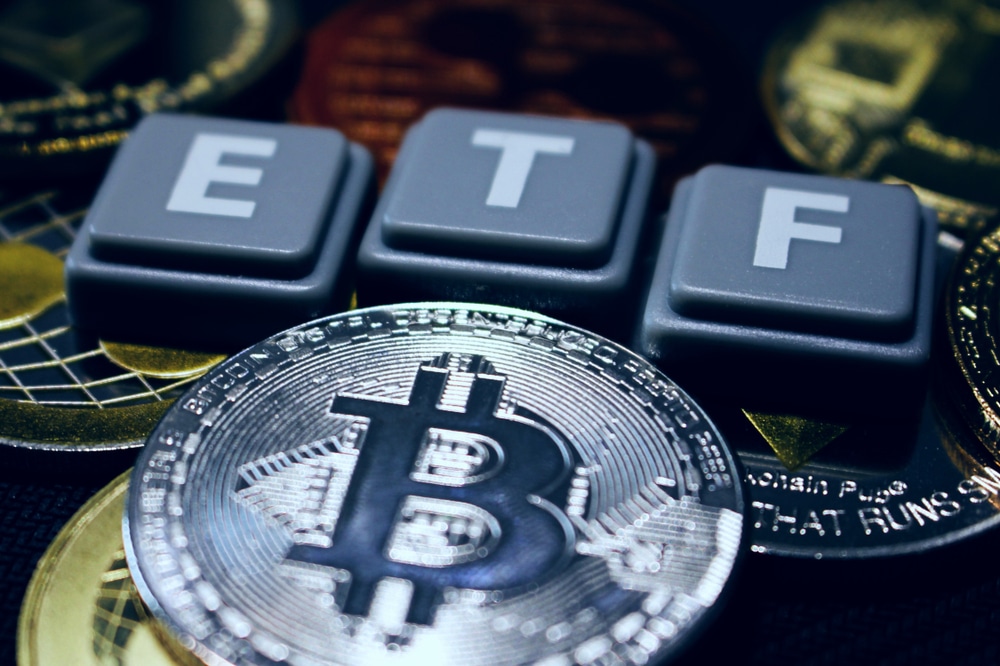What is Ethereum’s Shanghai Update All About?

The Ethereum platform has experienced several updates since its inception. This article elaborates on Ethereum’s seventeenth modification, the Shanghai Upgrade.
Ethereum operates on a decentralized framework, built to resist change and remain immutable, lacking a centralized entity guiding its core choices. Nevertheless, via the Decentralized Autonomous Organization (DAO), specific inflexible protocols can be reassessed and modified to enhance network efficiency and user-friendliness. These modifications are executed through a process termed “forking.”
Bitcoin (BTC) and Ethereum (ETH), leading cryptocurrency platforms, have experienced multiple types of forking. Forking can be congruent (soft fork) or incongruent (hard fork) with the preceding network version. The core motive behind most fork implementations is addressing challenges the platform’s user community voices. These forks have predominantly bolstered the robustness and user-friendliness of prominent blockchain systems.
The genesis of using forking to upgrade blockchain networks traces back to Bitcoin in 2014, introduced by Mike Hearn, known as Bitcoin XT. This enhancement raised the transaction rate of the Bitcoin network from 7 to 24 transactions every second.
Ethereum has also undergone numerous updates since its establishment. This article will explore the seventeenth modification, the Shanghai Upgrade of Ethereum.
Insights into the Shanghai Upgrade
The Shanghai Upgrade, sometimes referred to as Shapella, is a hard fork executed on the Ethereum platform in April 2023. Its primary objective was to allow users to access their staked Ether assets. Following this upgrade, Ethereum participants can stake tokens without indefinite retention, authenticate transactions, and earn rewards via newly generated tokens. Since its 2015 foundation, Ethereum has consistently aimed to amplify its platform via multiple fork implementations.
Initially, Ethereum was introduced with a proof-of-work (PoW) validation mechanism. However, by December 2020, Ethereum started transitioning towards the more adaptable proof-of-stake (PoS) mechanism, facilitated by a soft fork named Beacon Chain. This initiative rallied Ethereum enthusiasts to stake, reaching an impressive 524,288 ETH shortly before its initiation.
Delving Deeper into the Shanghai Upgrade
This upgrade encompasses a spectrum of modifications. Each element within the Shanghai Upgrade aims to resolve a distinct challenge within the system. The upgrade consists of five Ethereum Improvement Proposals (EIPs): EIP-4895, EIP-3651, EIP-3855, EIP-3860, and EIP-6049.
Before the Shanghai Upgrade, a fork named “The Merge” had transitioned Ethereum from a proof-of-work to a proof-of-stake system in September 2022, facilitated by the Beacon Chain. For validators to partake in the alternative PoS mechanism, a deposit of 32 ETH was essential. However, extracting staked ETH or accumulated rewards was unfeasible during The Merge. EIP-4895, the most pivotal EIP within the Shanghai Upgrade, granted validators this withdrawal capability. The remaining EIPs are primarily directed at reducing gas charges through varied strategies.
EIP-4895’s introduction didn’t dent the total ETH stake, standing at a formidable 16 million ETH. Validators have two withdrawal options from the Beacon Chain: partial or complete (unstaking). Validators can either extract funds exceeding the staked 32 ETH or retrieve the staked ETH with their rewards.
Complementing the Shanghai Upgrade is another modification named Capella. Together, they are occasionally termed Shapella. While Shanghai refines the transaction layer, Capella focuses on consensus, facilitating the PoS Beacon chain.
Key Features of the Shanghai Upgrade
The Shanghai Upgrade has five distinct Ethereum Improvement Proposals (EIPs): EIP-4895, EIP-3651, EIP-3855, EIP-3860, and EIP-6049. Notably, EIP-4844, aiming to introduce “proto-sharding” to enhance transaction velocities, was initially considered but postponed to 2024.
Here’s a breakdown of the EIPs unveiled during the April 2023 Shanghai Upgrade:
- EIP-4895: Enables validators to extract their staked ETH.
- EIP-3651: Reduces gas expenses during “COINBASE” access for Maximal Extractable Value (MEV) transactions.
- EIP-3855: Incorporates “Push0” to lessen the costs for developers.
- EIP-3860: Trims gas expenditures using “init code” tailored for smart contracts.
- EIP-6049: Alerts developers if “SELFDESTRUCT” depreciates, aiming to curtail gas fees.
Other notable upgrades within Ethereum’s history include Tangerine Whistle (2016), Spurious Dragon (2016), Constantinople (2019), Istanbul (2019), Muir Glacier (2020), and Beacon Chain (2020). Subsequent Ethereum enhancements include Altair (2021), Bellatrix (2022), Berlin (2021), Arrow Glacier (2021), and Gray Glacier (2022) under the Beacon Chain Upgrades banner.
Ethereum’s Historical Updates
Since its establishment in 2015, Ethereum has experienced numerous branching events. The Shanghai update represents the seventeenth iteration made to the Ethereum system. Here’s a brief overview of some significant upgrades that came before the Shanghai update:
- Frontier Thawing (2015): This iteration adjusted the transaction gas limit and introduced the difficulty bomb. Additionally, Frontier set the Ethereum gas price at 50 shannon (equivalent to 0.05 szabos or 0.00000005 ether), paving the way for Ethereum’s anticipated shift to a proof-of-stake model.
- Homestead (2016): The Homestead revision involved three distinct EIPs: EIP-2, EIP-7, and EIP-8. These primarily targeted adjustments in Ethereum’s protocols and networking. This allowed the network to be more adaptable to subsequent updates.
- DAO Fork (2016): The DAO fork was established to restore funds to their rightful owners following a breach. The Decentralized Autonomous Organization (DAO) had accumulated Ethereum worth $150 million. Sadly, a significant portion, about $60 million in Ether, was misappropriated. As a result of differences in opinion about this fork, Ethereum Classic was born.
- Byzantium (2017): A complex fork, Byzantium comprised eight distinct upgrades. These enhancements reduced block mining rewards, postponed the difficulty bomb, and made provisions for layer 2 solutions.
- London (2021): This upgrade introduced several EIPs that restructured Ethereum’s fees, minimized refunds, and declined contracts beginning with the 0xEF byte.
- Paris or “The Merge” (2022): This significant upgrade saw Ethereum transition from a proof-of-work model to a proof-of-stake. The design ensured the change was seamless for end-users, smart contracts, and decentralized applications.
Ethereum’s Prospective Evolution
Ethereum stands as a resilient, open, and adaptable system. The recent Shanghai upgrade has further solidified trust among its community members concerning their staked ETH.
Vitalik Buterin, Ethereum’s founder, has hinted at future Ethereum phases: The Surge, The Verge, The Purge, and The Splurge. Respectively, these phases aim to:
- Enhance scalability through sharding.
- Optimize data usage and boost the network’s efficiency.
- Reduce the volume of historical data retained by transaction nodes.
- Consolidate and enhance the advancements made in the preceding three phases.
Concluding Thoughts
While the Shanghai update might not have the same monumental impact as “The Merge,” it substantially supports Ethereum’s PoW to PoS transition. Shanghai has ameliorated the formerly steep gas fees and has empowered validators with more flexibility in managing their staked funds. The journey of Ethereum’s refinement is ongoing, with many more enrichments anticipated in its future landscape.
DISCLAIMER: It's essential to understand that the articles on this site are not meant to serve as, nor should it be construed as, advice in legal, tax, investment, financial, or any other professional context. You should only invest an amount that you are prepared to lose, and it's advisable to consult with an independent financial expert if you're uncertain. To obtain more information, kindly examine the terms of service and the assistance and support resources made available by the issuing or advertising entity. Our website is committed to delivering accurate and unbiased news, yet it's important to note that market conditions may change rapidly. Also, be aware that some (but not all) articles on our site are compensated or sponsored.








